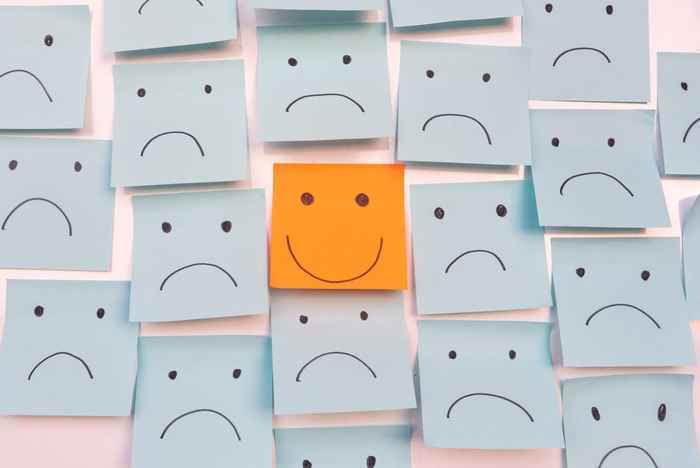New Paper: Why Being Social and Active Boosts Psychological Wellbeing
24 January 2024

In their pre-registered experience sampling study, Rui Sun, Irene Teulings, and Disa Sauter investigated if positive emotional experiences mediate the relationship between how we spend our time and our wellbeing.106 participants reported their wellbeing, momentary emotional experiences, and activities linked to intense emotions five times per day for 15 days (7,110 observations).
They found support for the notion that the beneficial effect social interactions and active activities have on wellbeing is partly due to the intense positive momentary emotions that people experience during social interactions and active activities. Their results also show that people particularly experience more positive emotions and greater wellbeing during face-to-face social interactions than during technology-mediated social interaction, like video calls and text messages.
This research by Sun, Teulings, and Sauter highlights that the brief moments of happiness we experience from social or active activities play a key role in determining our levels of wellbeing. They hope that these results encourage people to seek out active and social activities (especially face-to-face) that are enjoyable in the moment.